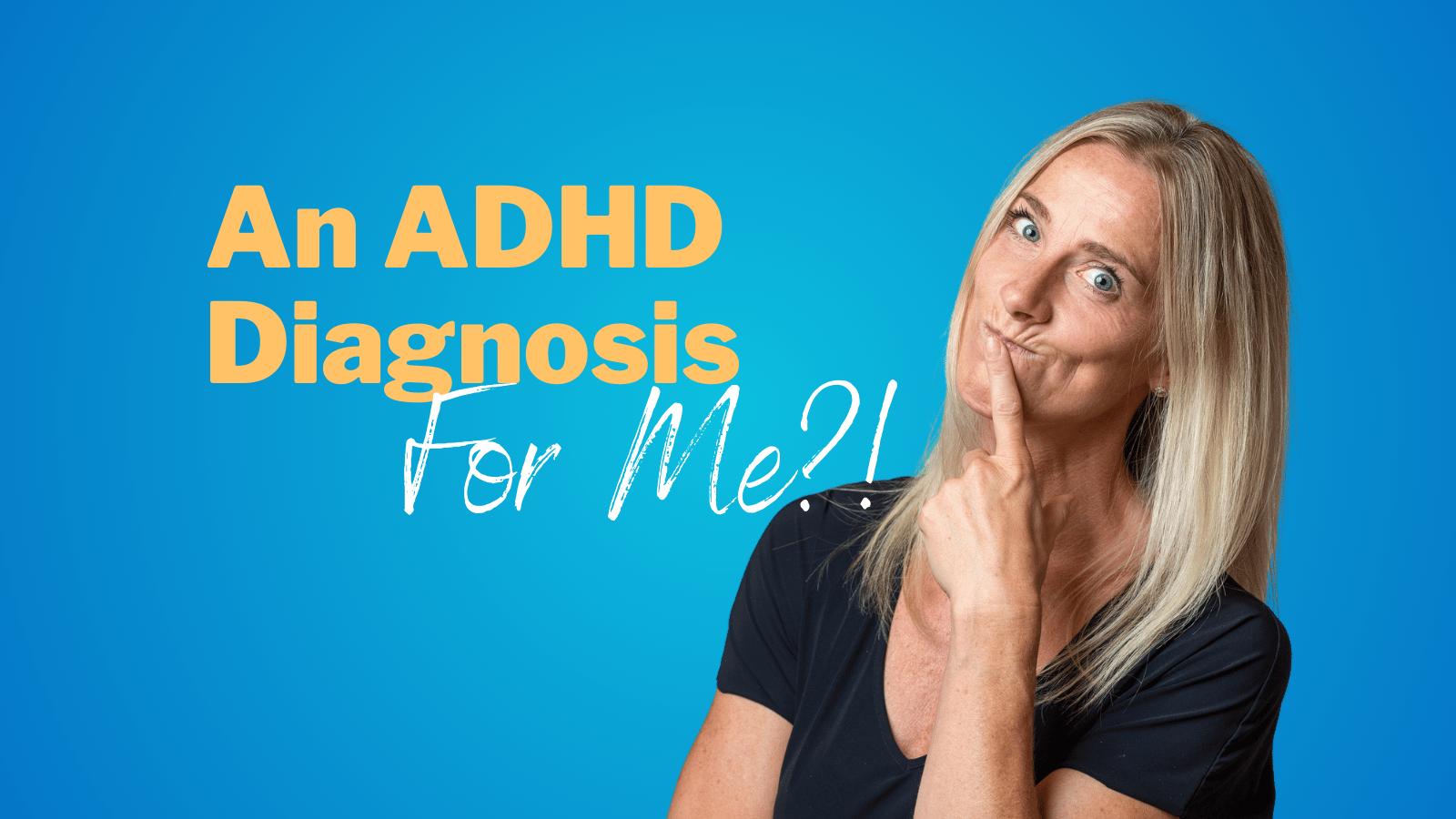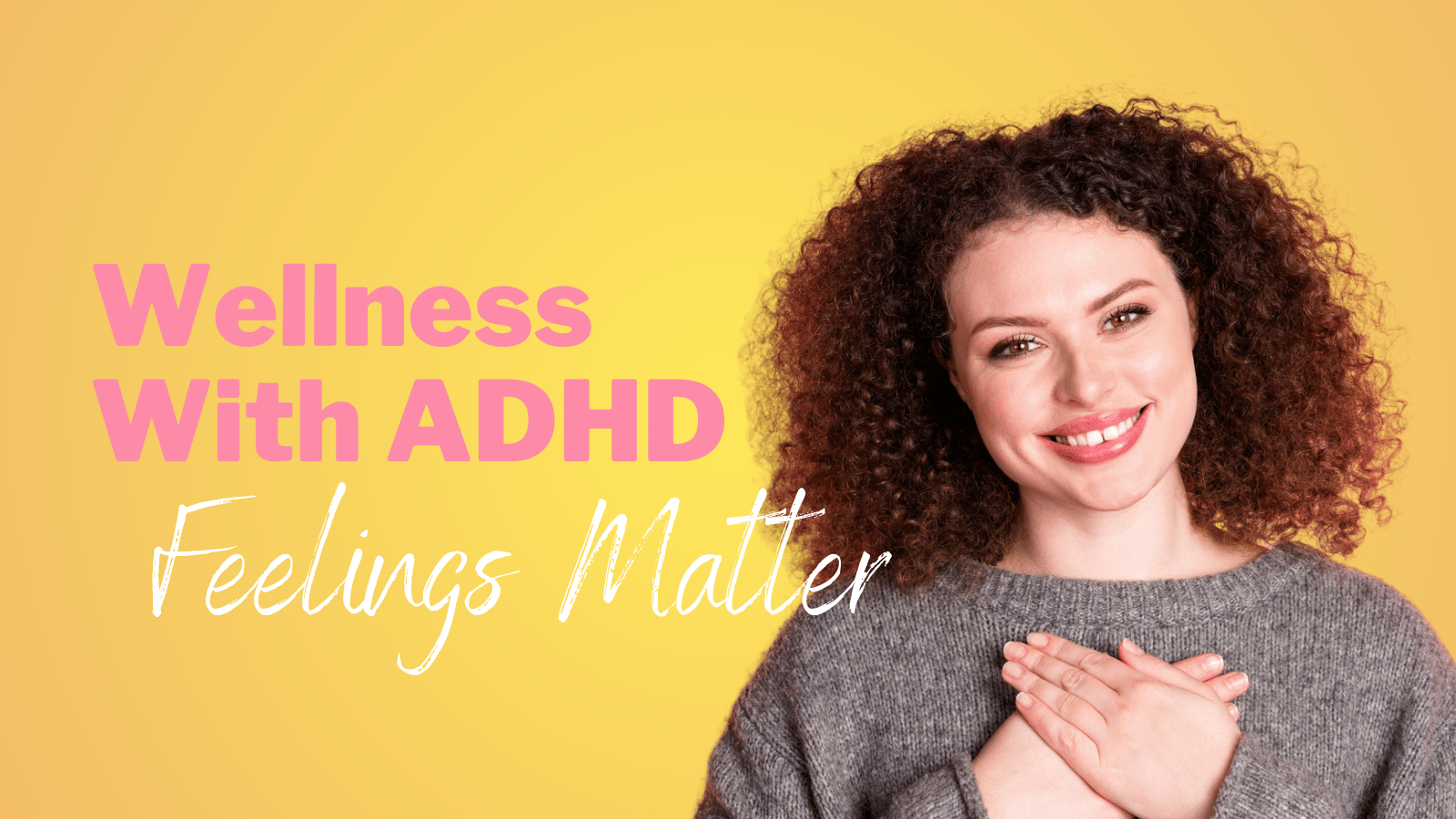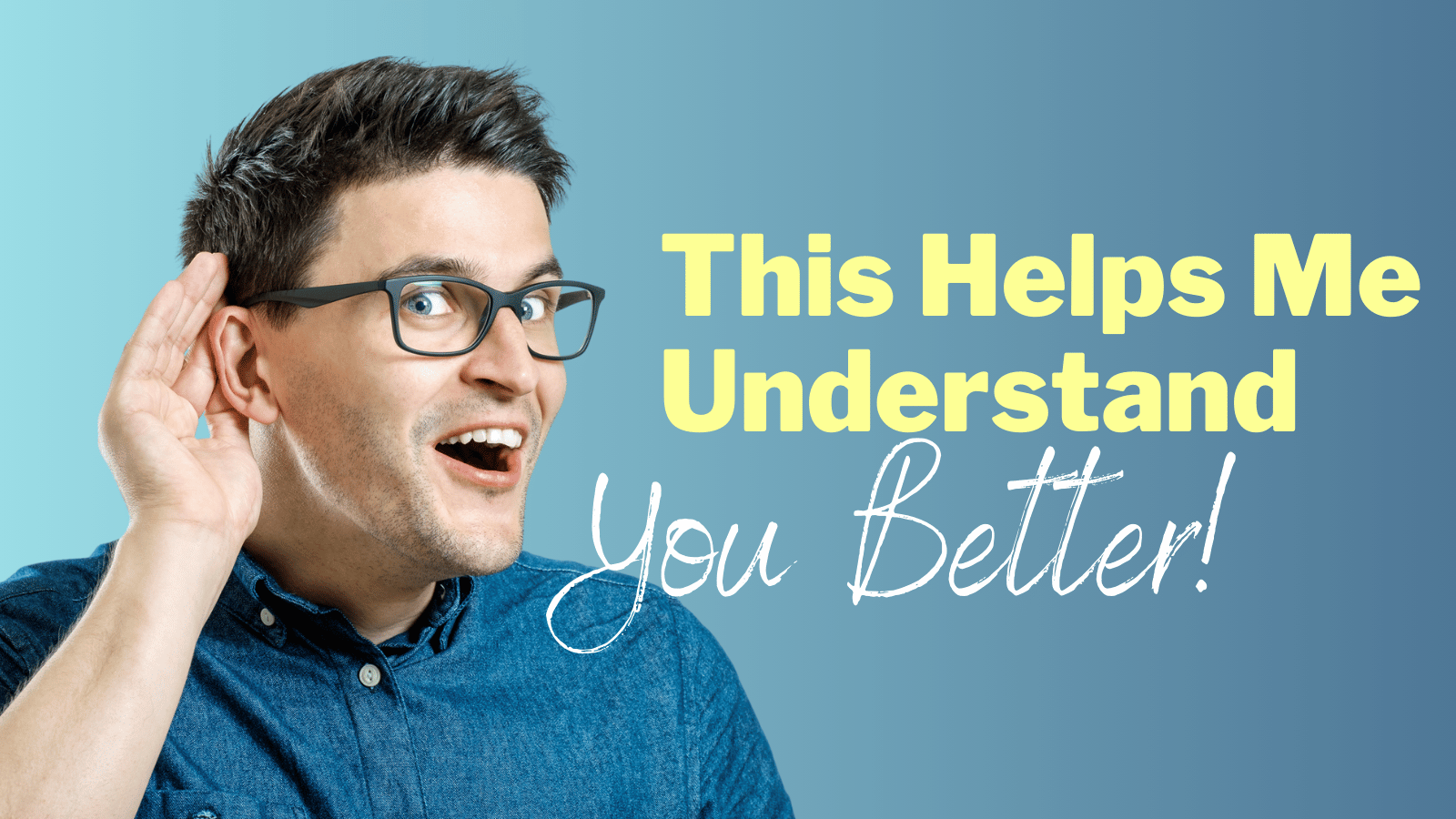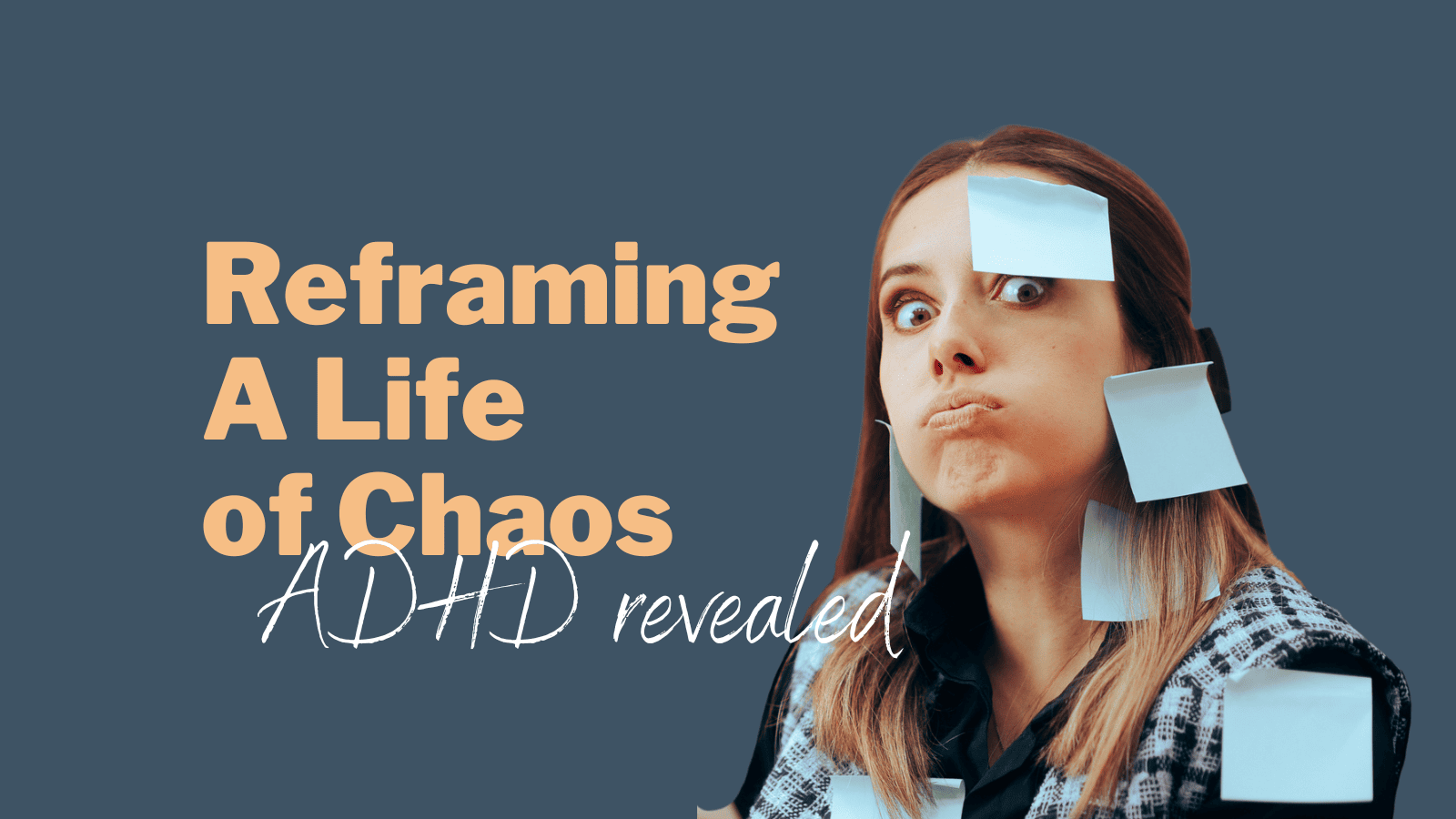Burnout is a term used to describe being in a state of shutdown. Symptoms of burnout vary from person to person; however, they often include fatigue, emotional numbness, body pains, increased or decreased sleep, and apathy.
Burnout can be understood through the Spoon Theory, an analogy created by Christine Miserandino to explain variations in physical, emotional, and mental energy. Everyone has a set amount of spoons per day. Everything you do takes a spoon. Burnout occurs when you have no spoons left and you are trying to continue. The good news is that learning how to recover from burnout is possible. The same skills that help with recovery can also be used as preventive care practices.
How Do You Rethink Burnout?
For both recovery and prevention, the first step is rethinking mental wellbeing as separate from physical wellbeing. Instead of being separate, mental and physical wellbeing are intertwined. Therefore, it is important to explore both your feelings (physical bodily reactions) and your emotions (labeling or categorizing these feelings). As a neurodivergent individual, your experiences may have been invalidated in the past. Therefore, reflecting on your feelings and emotions as an adult may be a new experience.
Getting To Know Your Feelings
Understanding your feelings as physical reactions is tied to your perception of your body. Depending on your neurological wiring, you may be more, or less, aware of your own body. This awareness of your body is called interoception. Interoception includes awareness of the variety of internal sensations in the body, such as heart rates, hunger, temperature and pain. Interoceptive feelings include:
- I recognize that I’m hot before sweating or cold before shivering.
- I regularly can feel my heartbeat.
- I notice discomfort before I become stiff or sore.
A person with high interoception would be hypersensitive of their physical sensations and could be easily overstimulated by them. For example, wearing clothing with tags feels painful. In contrast, a person with low interoception would not be aware of physical sensations until they become more extreme such as not noticing thirst until becoming dehydrated or not using the bathroom until it is urgent.
How Are Emotions Different From Feelings?
Emotions are tied to labeling and thinking. Emotions involve interpretations and meaning making; therefore, emotions are a cognitive activity. Cognitive emotions are often constructed by past experiences as well as current values and beliefs. Cognitive emotion awareness includes:
- I can identify the emotion I am feeling at any given time.
- I differentiate between similar emotions, such as frustration and disappointment.
- I can explain why I have a particular emotion.
A person with high cognitive emotional awareness might have intense emotional states, and may have multiple, complex and conflicting emotions at the same time. They may spend a lot of time thinking about their emotions, which can be overwhelming.
A person with low cognitive emotional awareness might struggle to explain or label their emotional state. They may have difficulty understanding causes of their emotions or impacts emotions have on them. For example, someone believing that nothing ever seems to bother them.
Mapping how you experience Interoceptive Feelings (IF) and Cognitive Emotions (CE) allows you to better identify the circumstances that impact your wellbeing.

A neuroinclusive, embodied approach to wellbeing means learning how to recognize your individual signs of distress and learning the skills to recover. In other words, you need an approach that helps you to identify when you are running low on spoons.
Helpful Tips
Here are few helpful tips to start you on this journey:
If you have Low Interoceptive Feelings: Body sensations may not be felt until they are overwhelming. As a result, you may not get physical warning signs of running out of spoons. In particular, individuals in hyperfocus or flow state are particularly prone to this challenge. External reminders for breaks or check-in can be a helpful tool. You may also have to proactively check-in with your body to help maintain your wellness during your flow states.
If you have High Interoceptive Feelings: With constant bodily feedback, high interoception individuals are likely to experience overstimulation that can result in burnout. You may find that reducing sensory input can help protect your spoons. For example, reducing stimulus in your environment or adjusting lighting may help save spoons for more critical tasks. Moreover, you may experience burnout first as physical feedback. You will likely find embodied activities, such as mindfulness, helpful when dealing with stress.
If you have Low Cognitive Emotions: You may have difficulty thinking about or labeling your emotions. Consider looking for physical cues that are commonly associated with emotions. For example, rapid heartbeat is often experienced with anxiety. You may want to try non-cognitive or non-verbal approaches to exploring feelings. For example, you might find art, music, and other ways of expression better reflect your understanding.
If you have High Cognitive Emotions: Since you can easily label and verbalize emotion, you might find you get overwhelmed in thoughts or talking about feelings. There are a multitude of ideas and meanings going on at once. You may find using structures for organizing and categorizing help make sense of your experiences. An example of this is using bullet journals. Similarly, verbal or cognitive strategies like reframing may help support your wellness.
Rebuilding Your Wellness
By recognizing the interconnection of the body and mind, you can better understand how to support your own wellness. Engaging in sensory explorative behaviours as children may have been discouraged or even punished by family, community, or school educators. Because of this, many neurodivergent people were taught to ignore or dismiss these experiences as children, leading to internalized stigma or shame as adults.
As an adult, you can build renewed awareness of your experience of feelings and emotions. Understanding your body/mind connections means learning how to recognize and recover from distress that uses up your spoons. You can help prevent burnout, support your wellbeing, and reach your goals by practicing ways to save your spoons for what is important to you.
About the Authors: Brenda McDermott is the Senior Manager of Student Accessibility Services at the University of Calgary. She completed her PhD in Communication Studies in 2015. As a lifelong learner, she returned to school to complete a Masters of Education in 2021. She has a passion for improving the student experience, exploring Generative AI tools, and discussing Universal Design for Learning.
Jess Lopez (they/them), is proudly neurodivergent and epupillan (Mapuche 2Spirit). Jess runs the Neurodiversity Support Office at Student Accessibility Services, University of Calgary, and pursues MEd graduate studies in Educational Research. Jess provides innovative, neuro-affirming, embodied approaches to wellbeing for students and educational training for staff and faculty to help foster a neuroinclusive campus community that values different ways of knowing and being.








